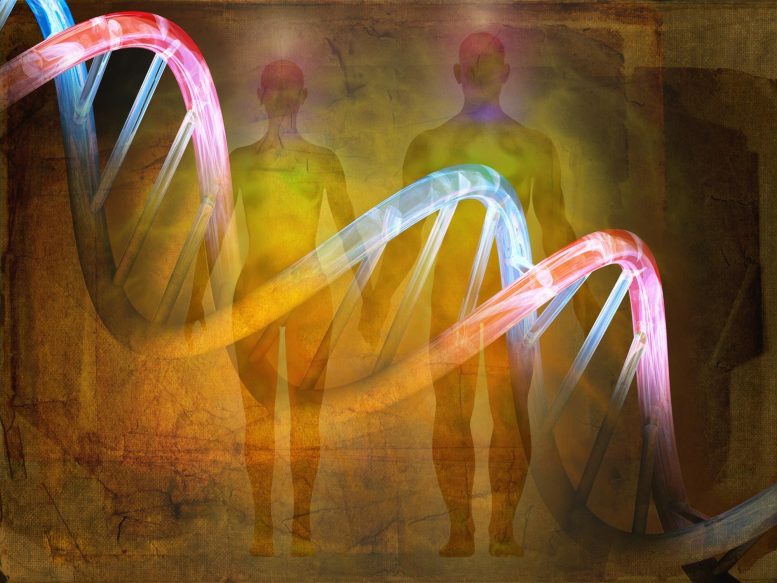Leonard Hayflick, a biomedical researcher who discovered that normal cells can divide only a certain number of times — setting a limit on the human life span and frustrating would-be-immortalists everywhere — died on Aug. 1 at his home in Sea Ranch, Calif. He was 98.
His son, Joel Hayflick, said the cause was pancreatic cancer.
Like many great scientific findings, Dr. Hayflick’s came somewhat by accident. As a young scientist in the early 1960s at the Wistar Institute, a research organization at the University of Pennsylvania, he was trying to develop healthy embryonic cell lines in order to study whether viruses can cause certain types of cancer.
He and a colleague, Paul Moorhead, soon noticed that somatic — that is, nonreproductive — cells went through a phase of division, splitting between 40 and 60 times, before lapsing into what he called senescence.
As senescent cells accumulate, he posited, the body itself begins to age and decline. The only cells that do not go into senescence, he added, are cancer cells.
As a result of this cellular clock, he said, no amount of diet or exercise or genetic tweaking will push the human species past a life span of about 125 years.
This finding, which the Nobel-winning virologist Macfarlane Burnet later called the Hayflick limit, ran counter to everything scientists believed about cells and aging — especially the thesis that cells themselves are immortal, and that aging is a result of external causes, like disease, diet and solar radiation.
Other researchers later discovered the mechanisms behind the Hayflick limit: As cells divide, they create copies of DNA strands, but the ends of each copy, called the telomeres, are a bit shorter than the last. Eventually the telomere runs out, and the cell stops dividing.
Dr. Hayflick made other important contributions to science. He developed a particularly vibrant cell line, WI-38, which has been used for decades to make vaccines. He also discovered that so-called walking pneumonia, unlike regular pneumonia, is caused not by a virus but by a type of mycoplasma, the smallest form of free-living organism.
But it was his work on aging that established his legacy. Dr. Hayflick was an outspoken critic of those who thought they could unlock the science of eternal life; he considered that idea an illusion and the pursuit of it a folly, if not outright fraud.
“The invention of ways to increase human longevity is the world’s second-oldest profession, or maybe even the first,” he told the medical journal The Lancet in 2011. “Individuals are going to the bank at this moment with enormous sums of money gained by persuading people that they’ve found either a way to extend your life or to make you immortal.”
Leonard Hayflick was born on May 20, 1928, in Philadelphia to Nathan Hayflick, who made dental prosthetics, and Edna (Silver) Hayflick, who worked in his father’s office.
He enrolled at the University of Pennsylvania but took three years off to serve in the Army. He graduated with a degree in microbiology in 1951, and five years later received a Ph.D. in chemistry and microbiology there.
After two years as a postdoctoral fellow at the University of Texas Medical Branch at Galveston, he returned to Penn and the Wistar Institute, where he made many of his most important discoveries. He continued that work at Stanford University in 1968.
There was a wrinkle, though. The National Institutes of Health had funded the research on his WI-38 cell line but declined to fund its distribution, even as other researchers clamored for samples. Dr. Hayflick established a company to process orders, charged a minimal fee for shipping and set the proceeds aside until ownership was clarified.
But in a private report that was released to the news media, the N.I.H. accused Dr. Hayflick of theft. He sued the institute, charging invasion of privacy and reputational damage, including a forced resignation from his position at Stanford. The litigation took six years and ended in a settlement that allowed him to keep some of the money and cell samples.
During those six years, Congress passed the Bayh-Dole Act, which allows scientists to profit off government-funded research. The law, which would have made Dr. Hayflick’s earlier actions unquestionably legal, helped catalyze the biotech industry.
Dr. Hayflick married Ruth Heckler in 1955. She died in 2016. Along with his son, he is survived by four daughters, Deborah Curle, Susan Hayflick, Rachel Hastings and Annie Hayflick; eight grandchildren; and his sister, Elaine Rosamoff.
Dr. Hayflick later worked at the University of Florida and, since 1988, at the University of California, San Francisco, where he was an emeritus professor.
His criticism of those trying to find ways to extend the human life span was not just about practicality. On principle he thought it was a terrible idea.
“I’m an optimist,” he told The Guardian in 2001. “Anyone who believes in manipulating the human aging process is a terrible pessimist. I don’t want to be alive when that’s possible. I don’t want to give another Adolf Hitler, a Saddam Hussein, another 50 years of life.”
He continued, “Every time someone like that dies a natural death, people should thank their God, whoever that might be, for the phenomenon of aging.”





















Discussion about this post